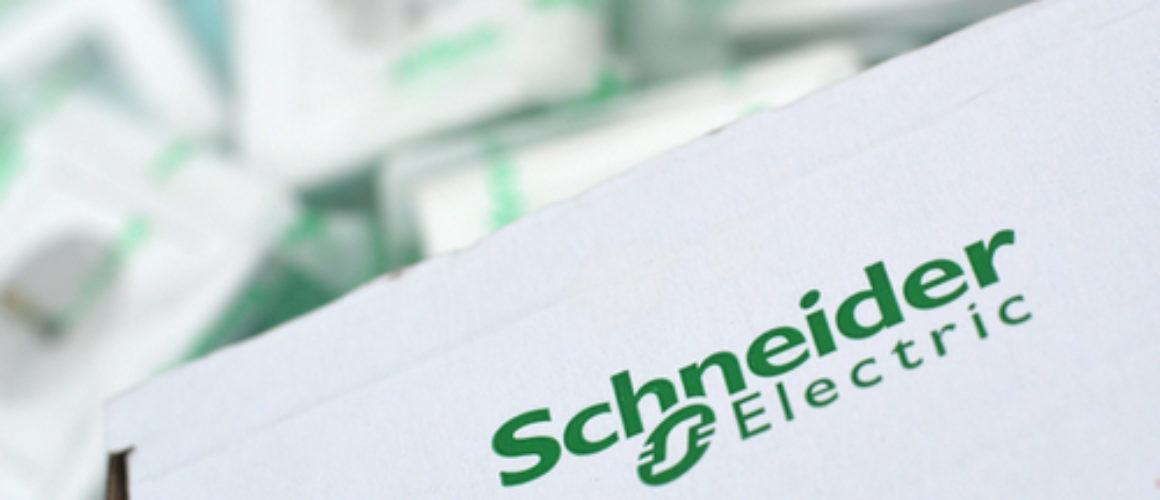The working of the Schneider Acti 9 RCBO’s
The Schneider Acti 9 RCBO’s are designed to give complete protection and safeguard against current overloads and earth current leakage. The compact unit with both the functionality of Miniature Circuit Breakers (MCB) and Residual Current Device (RCD) has become famous for the electrical circuit.
For a better understanding, let us read through the basic working of the Schneider Acti 9 Residual Current Breaker with Overcurrent (RCBO).
The Schneider Acti 9 RCBO’s
The Schneider Acti 9 RCBO is a device from the Schneider Easy 9 range for residential application. It was designed to provide easy implementation, reliability, and a sustainable approach to the environment. The Schneider RCBO is an upgraded one-unit design device that caters to protection from both residual current and overcurrent. It is known for giving the best performance and quality compared to other RCBO’s available in the market.
Understanding residual current and overcurrent
To understand the working of the Schneider Acti 9 RCBO, we must understand residual current and overcurrent. Both residual current and overcurrent are faults and issues related to electrical circuits. The RCBO’s are created to protect from these two faults.
Residual current
The residual currents happen when there is a break in the electrical circuit. Residual current is earth leakage current. The break in the circuit could be because of poor electrical wiring or when you touch live wires, disrupting the flow of the current. It can also happen when there is an accidental cut of live wires or cables. When you touch a live cord of an attached appliance, the current is diverted, creating an imbalance in current flow.
Overcurrent
The overcurrent fault is in the form of an overload and short circuit. Using too many appliances or devices from a single electrical circuit can cause overloading. It means that the cables and wires carrying the current are stretched more than their holding capacity. That is how an overload fault occurs.
Short circuits are faults that arise when live wires or cables come into direct contact with neutral parts. It can happen when the electrical circuit has a low or insufficient circuit resistance and high multiplication of the amperage. A short circuit can cause a higher level of risk and damage as compared to overloading.
How do the Schneider Acti 9 RCBOs Work?
To understand how the Schneider Acti 9 RCBOs Work let us look into the two faults in a circuit. It is these two faults that the device protects us from.
In cases of residual current, the fault is known as earth leakages. In case of earth leakages, the Schneider Acti 9 RCBOs works either by allowing the transfer of current or switching off the current flow. Sudden fluctuation in the current flow due to touch or cutting off of cables will automatically trigger the RCBO to break the circuit.
The Schneider Acti 9 RCBO will automatically break the electrical circuit because of overcurrent faults, like overload. After the current demand reaches a capacity beyond what the cables can carry, the RCBO will cut off the current supply. In events of short circuits, the RCBO will break the current flow. It prevents the surge of current, thus, protecting people and property.




